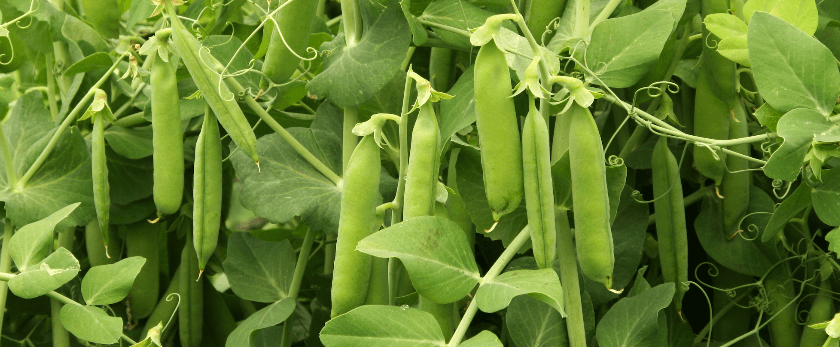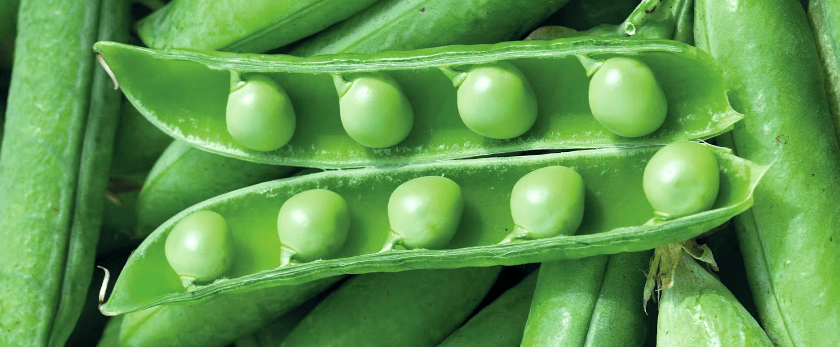Peas are a versatile and nutritious vegetable that can be grown in your own backyard. Not only are they easy to grow, but they also provide a range of health benefits and are a great addition to any meal. In this article, we will discuss how to grow peas, including the best time to grow them, how to care for them, and common problems you may encounter. So let's get started!
What You Will Need
Before we dive into the steps for growing peas, let's first gather the necessary materials. Here's what you will need:
- Pea seeds (choose from a variety of options such as snap peas, snow peas, or shelling peas)
- Garden soil or potting mix
- Garden tools (shovel, rake, trowel)
- Watering can or hose
- Fertilizer (organic options are recommended)
- Trellis or support structure (if growing climbing peas)
- Mulch (optional)
How to Care for Peas
Watering
Peas require consistent moisture to thrive, but be careful not to overwater them. The soil should be kept evenly moist, but not waterlogged. Watering once or twice a week should be sufficient, but this may vary depending on your climate and soil type. It's best to water in the morning to allow the leaves to dry out during the day, reducing the risk of fungal diseases.
Light
Peas prefer full sun, but they can also tolerate partial shade. If you live in a hot climate, providing some shade during the hottest part of the day can help prevent the plants from wilting. If you are growing peas indoors, make sure they receive at least 6-8 hours of sunlight per day.
Soil
Peas grow best in well-draining, fertile soil with a pH level between 6.0-7.0. If your soil is too acidic, you can add lime to raise the pH level. If it's too alkaline, you can add sulfur to lower the pH level. It's also a good idea to add compost or well-rotted manure to the soil before planting to provide the plants with essential nutrients.
Fertilizer
Peas are light feeders, so they don't require a lot of fertilizer. However, adding a balanced organic fertilizer, such as compost or fish emulsion, can help promote healthy growth. It's best to fertilize the soil before planting and then again when the plants start to flower.
Pruning
Peas don't require much pruning, but you can pinch off the top of the plant once it reaches the top of the support structure. This will encourage the plant to produce more lateral branches, resulting in a higher yield.
What is the Best Time to Grow Peas?
Peas are a cool-season crop, meaning they prefer cooler temperatures for optimal growth. The best time to grow peas is in early spring or fall, depending on your climate. In warmer regions, peas can be planted in the fall for a winter harvest. In colder regions, peas can be planted in early spring as soon as the soil can be worked.

Common Problems with Peas
Pests
Peas are relatively pest-free, but they can be susceptible to aphids, pea weevils, and pea moths. To prevent these pests, you can use natural methods such as companion planting, introducing beneficial insects, or using organic pest control products.
Diseases
Peas can also be affected by fungal diseases such as powdery mildew and root rot. To prevent these diseases, make sure to provide adequate air circulation and avoid overwatering. If you notice any signs of disease, remove the affected plants immediately to prevent it from spreading.
Nutrient Deficiencies
Peas can also suffer from nutrient deficiencies, especially if the soil is lacking in essential nutrients. If you notice yellowing leaves or stunted growth, it may be a sign of a nutrient deficiency. Adding compost or organic fertilizer can help replenish the soil and provide the plants with the necessary nutrients.
Conclusion
Growing your own peas is a rewarding experience that not only provides you with delicious and nutritious vegetables but also helps reduce your carbon footprint. By following these simple steps and caring for your peas properly, you can enjoy a bountiful harvest of fresh peas right from your own backyard. Remember to also practice responsible disposal methods for a sustainable future. Happy gardening!










